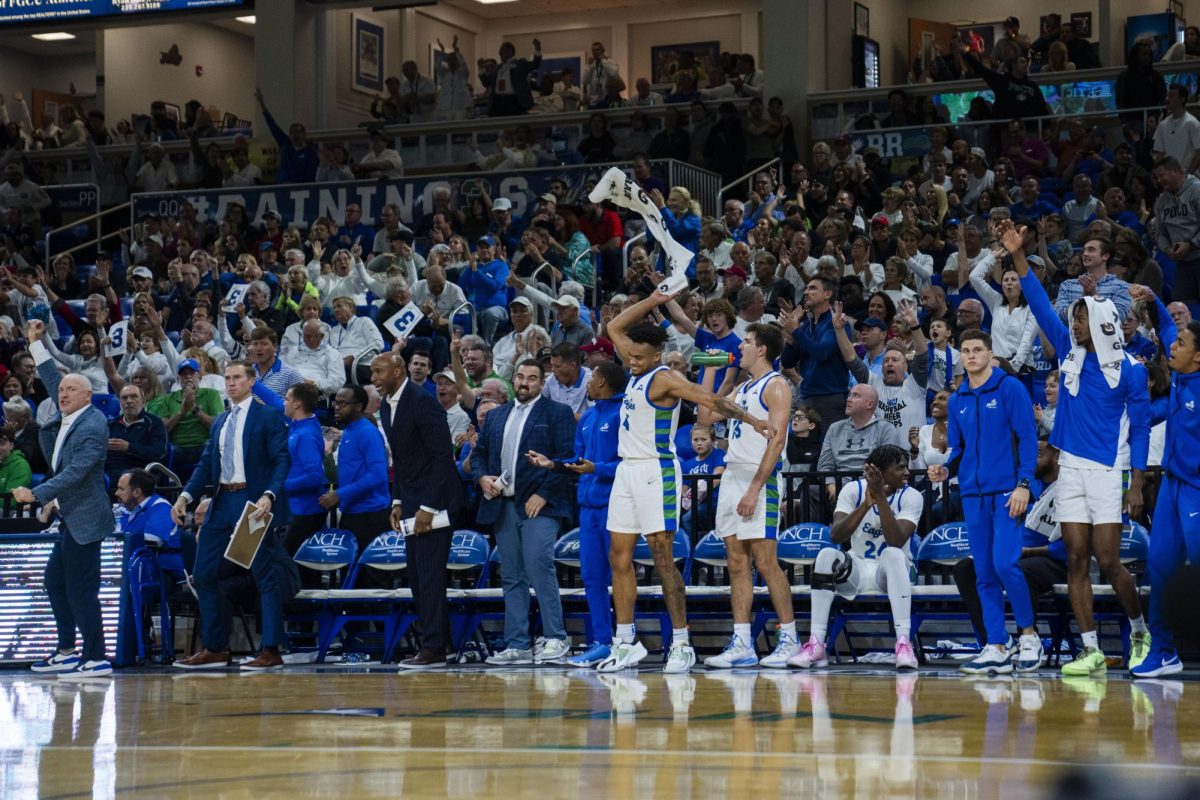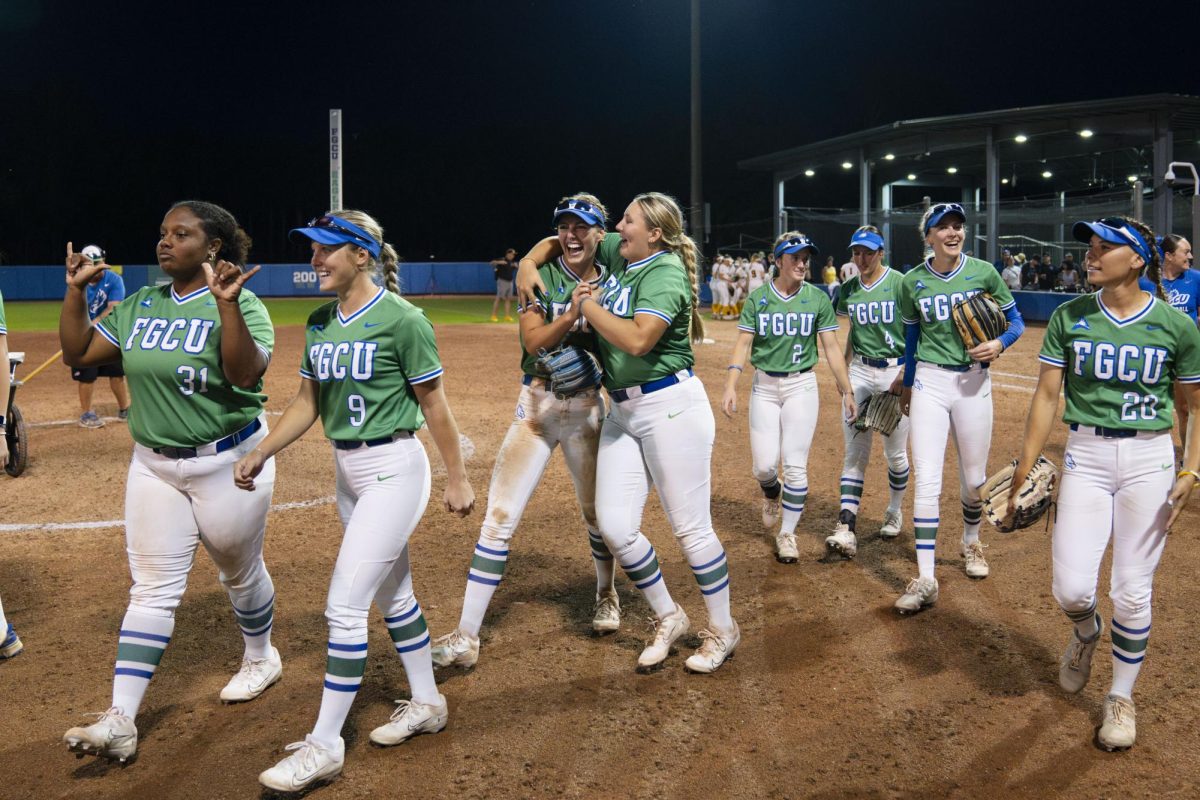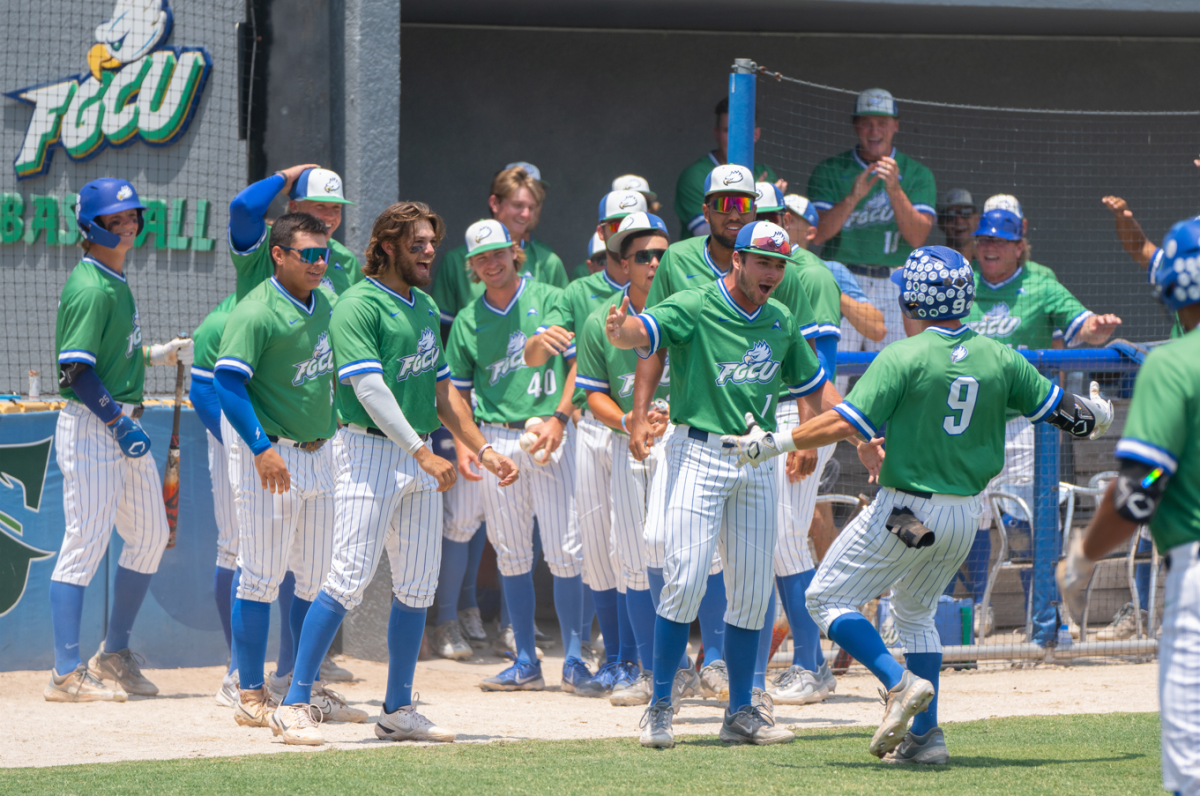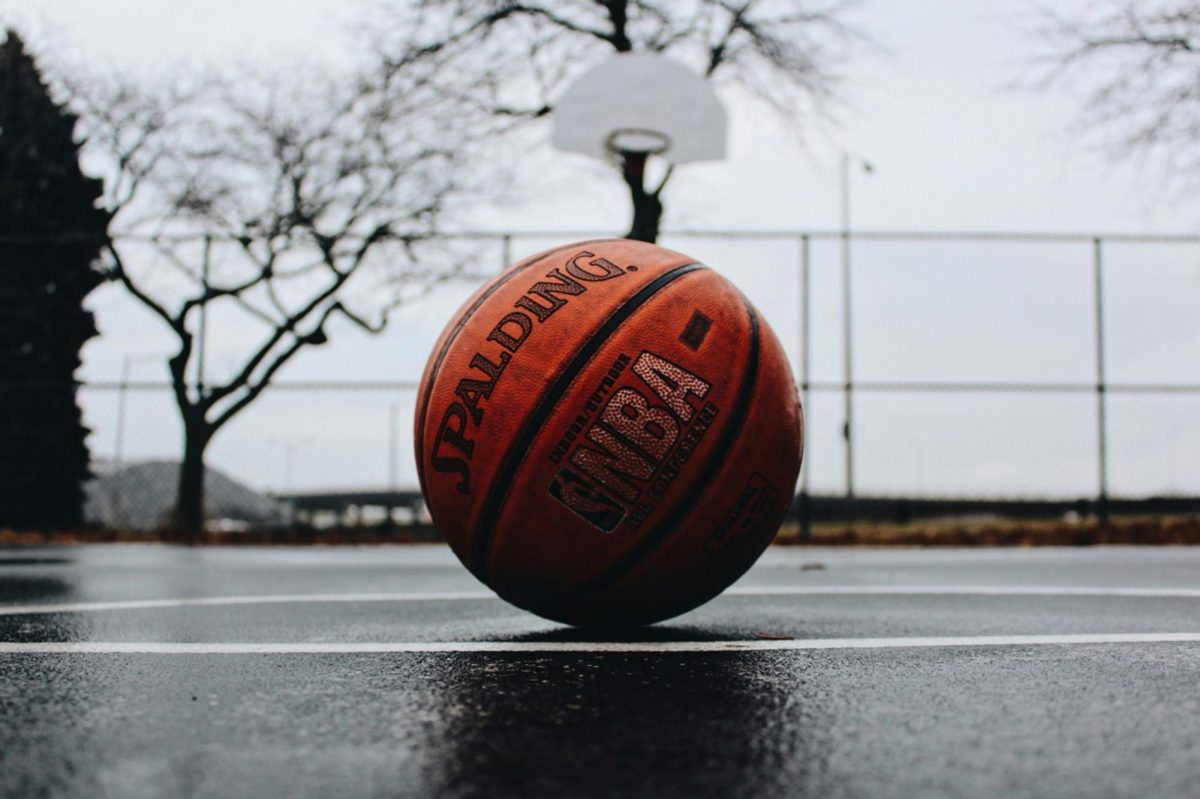It’s no secret that football is a contact sport. The players are covered in protective pads, wear mouth guards and helmets and run into each other.
When my brother was little, my dad tells me that he used to call the sport, “push, run, shove.” I don’t always regard my brother as smart, but he hit the nail on the head with that one.
In March 2015, Chris Borland, a 24-year-old rookie for the San Francisco 49ers, retired. He said that football wasn’t worth the risk there is of getting a concussion.
Junior Seau, a former New England Patriot, committed suicide in May 2012. His autopsy showed signs of brain damage that were consistent with having had at least one if not multiple concussions.
These are only two examples in a long list of players who have been affected by concussions.
ESPN says that concussions in regular season games rose 58 percent from 2014 to 2015. That’s kind of a high percentage.
As of right now, the NFL is planning on looking into it but doesn’t have an explanation. Is there really a good explanation anyway?
If you’ve ever watched an NFL game, especially since 2013 when the new crown-of-helmet rule took effect, you know that the moment there is anything that even remotely looks like helmet-to-helmet contact there’s a flag thrown.
The crown of the helmet rule, as stated by the NFL, is “a ban on a ball carrier initiating contact with the crown of his helmet in the open field or by a defender while making a tackle.”
It was already against the rules to use the crown of the helmet against a receiver, so this rule just essentially extended that rule to the rest of the players.
According to the NFL’s website, the reason they made the rule is because it is “trying to avoid concussions at all costs.”
In the 2012 season, there had been 261 concussions, according to ESPN. In 2013, that number dropped to 229 and, in 2014, even lower to 206. For reasons unknown, the trend reversed this past season and spiked up to 271.
All of the reported concussions are not from helmet-to-helmet contact, though that is the most commonly reported reason. The other two most commonly reported reasons are “contact with the playing surface” and “contact with a shoulder.”
The number of reported cases of the above-mentioned reasons, respectively, this past season, were: 92, 29 and 23. This means that just under half of the cases between those three reasons were due to helmet-to-helmet contact.
So, what does this all really mean?
Great question. You wear a helmet when you play football because it would be irresponsible to not protect your head not because you may want to use it as a weapon against another player.
This means that if you choose professional football as your career, you are aware that there is an inherent risk present. Your head could get hurt, and your head is pretty important.
I think that teaching somebody to not use their head as a weapon — as obvious as that seems — should be easy. Same with head to shoulder contact. How about, “Guys, just don’t hit your head against another human, ‘kay? That’s off-limits. Thanks.”
On the other hand, stopping somebody’s head from hitting the ground? A bit harder. In that scenario, the player should probably be grateful they’re wearing the helmet. That’s what it was made for.
The rules that have been put in place are certainly helpful. The players, coaches and fans are now more aware of how serious concussions are even if the number of incidents hasn’t consistently lowered just yet.
Maybe the 2015 season was an anomaly, and the number will continue to decrease. Maybe not. Only time will tell.
One thing is for sure: there is no way to 100 percent prevent concussions. There is no doubt, however, that it is important for the NFL to keep this topic in the spotlight. In terms of why it’s happening and what can be done? I don’t think the league can do much more than keep consistent with the consequences to players who use their helmets inappropriately, to keep talking about it and to be dynamic — seeking the best safety policies and treatments and changing accordingly.
It’s one of those job hazards that you know about going into it. The NFL should keep doing what it can to protect its players, while the players need to be smart and aware of how to play the game safely, without causing harm to themselves and to fellow players.
So, push, run and shove on, guys. Just keep your head safe.
Rise in NFL concussion rate shouldn’t keep fans away
February 5, 2016
Story continues below advertisement

































